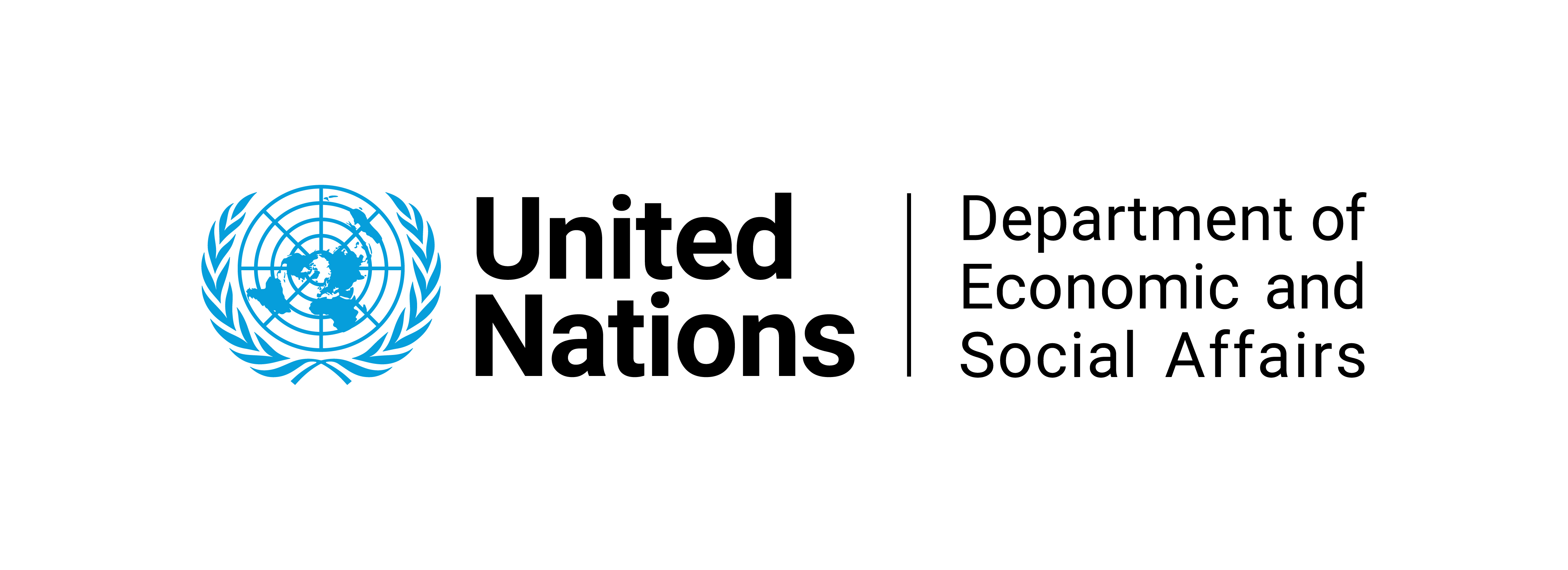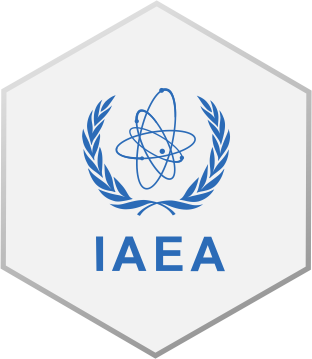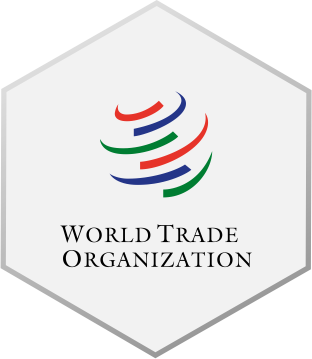17.7 Statistical Programmes of Related Organizations#
17.7.1 Overview#
The three related organizations to the UN included here are:
17.7.2 International Organization for Migration (IOM)#
Established in 1951, the IOM has been engaging with its partners in the international community to: assist in meeting the growing operational challenges of migration management; advance understanding of migration issues; encourage social and economic development through migration; and, uphold the human dignity and well-being of migrants.
IOM’s statistics mandate is to strengthen the global evidence base on migration; develop the capacities of states and other relevant partners; and ensure more evidence-based IOM and UN-wide engagement.
17.7.3 International Atomic Energy Agency (IAEA)#
Established in 1957, the International Atomic Energy Agency (IAEA) is the world’s central intergovernmental forum for scientific and technical co-operation in the nuclear field. It works for the safe, secure and peaceful uses of nuclear science and technology, contributing to international peace and security and the United Nations’ Sustainable Development Goals.
Statistical data on commercial nuclear power plants and their contribution to electricity generation has been collected by the IAEA’s Department of Nuclear Energy for over 50 years and maintained in the Power Reactor Information System (PRIS). PRIS is a unique nuclear power data source with comprehensive information on nuclear power reactors of all IAEA Member states.
17.7.4 World Trade Organization (WTO)#
Founded in 1995, at the heart of WTO’s mandate are the agreements, negotiated and signed by the bulk of the world’s trading nations. These documents provide the legal ground-rules for international commerce. They are essentially contracts, binding governments to keep their trade policies within agreed limits. Although negotiated and signed by governments, the goal is to help producers of goods and services, exporters, and importers conduct their business while allowing governments to meet social and environmental objectives.
WTO is the official source of consolidated bound and applied tariffs as well as services commitments. In addition, it maintains trade flow-related information on merchandise and trade in commercial services (in cooperation with UNCTAD and ITC).



